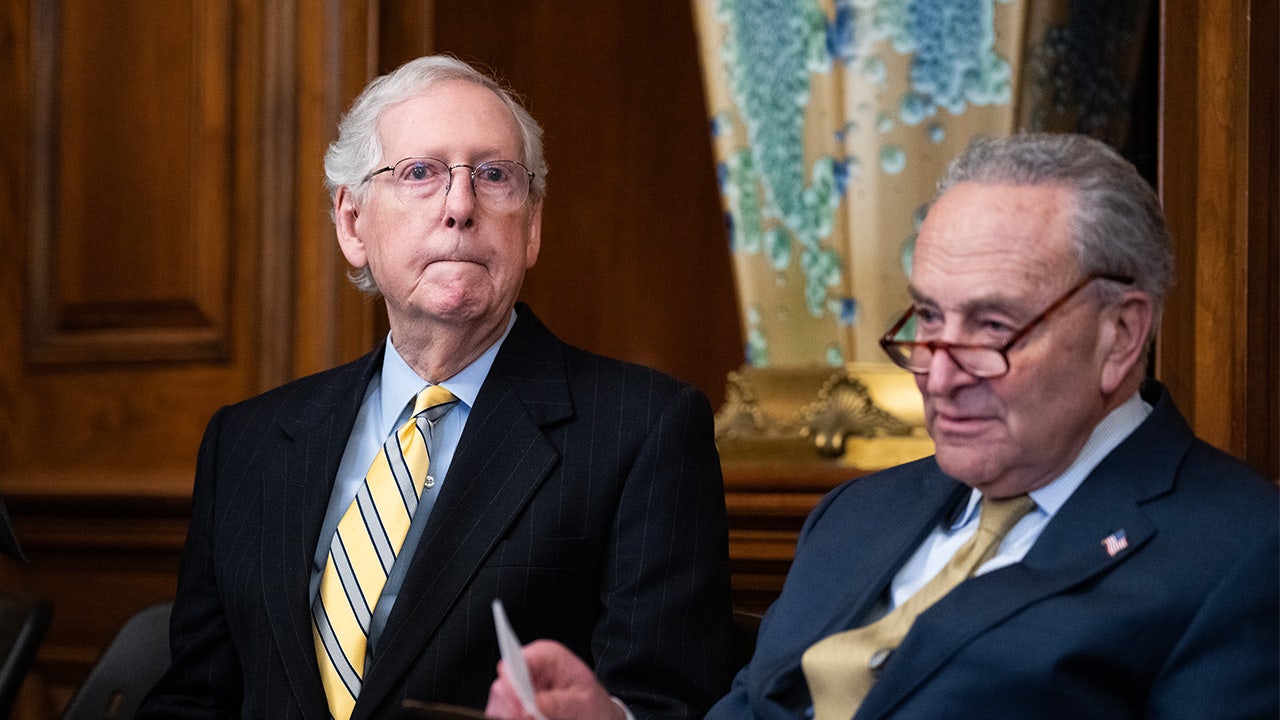The union representing tech workers at the New York Times on Monday ended its strike — launched days before Election Day — without securing a new contract.
The Tech Guild, which represents some 600 software engineers and programmers at the Gray Lady’s digital platforms, returned to work on Tuesday morning without management having met their demands for higher wages and job protections.
However, union leaders declared victory in the labor dispute.
Kathy Zhang, a senior analytics managers at the Times who heads one of the guild’s units, said the strike was a “warning” to management which demonstrated “our strength and our value” to the publication.
“We clearly demonstrated how valuable our work is to The New York Times, especially on election night, and showed that we have the full support of subscribers and allies across the country going forward,” Zhang said in a statement.
The union said the strike had its intended impact on the Times’ election coverage, which did not include a “state-level or non-presidential” live needle, which gauges a candidate’s odds of winning an election in real time.
A Times spokesperson disputed this claim, saying that the website featured “state-level presidential needles.”
Times management said the strike had minimal impact on the newspaper’s election coverage.
“It was our smoothest site performance during an election ever,” a company spokesperson told The Post.
“From Tuesday to Thursday, the Presidential Election Results page and Needle page were viewed more than any other piece across The Times’s entire site (in a 3 day period) since the 2020 elections, a four-year high.”.
The strike was declared after more than two years of negotiations that included unusual demands like job security for non-citizens in the US on work visas and mandatory trigger warnings during company meetings that involve discussions of news events.
“We are no further along in negotiations than we were before the strike began,” the Times rep.
“We look forward to continuing to work with Tech Guild to reach a fair contract that takes into account that they are already among the highest paid individual contributors in the Company and journalism is our top priority,” a company spokesperson told The Post.
The union claimed that the work stoppage cost the company “significant loss of revenue” because the Times’ iOS app “was not displaying ads intermittently.”
A company spokesperson said that the newspaper “intentionally didn’t load ads that were slow to load so our readers could get the news unimpeded.”
The guild said its work stoppage also resulted in slower load times for the apps and the website and that “publishing issues produced intermittent and visible error messages for readers on articles and updates.”
Management disputed this, saying that the email newsletter link issue “was due to an outside vendor, not our systems, and was fixed very quickly.”
The union also claimed that the Times site managed to weather the storm because of the work its members did in the months leading up to Election Day.
“The systems and digital products that worked over the election did so thanks to the hundreds of unit members who worked for months preparing everything to run smoothly,” Zhang said.
“What broke down during this strike broke because our members weren’t at work.”
















